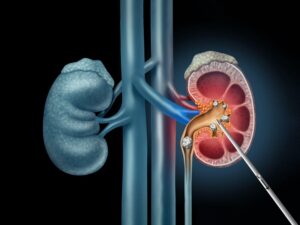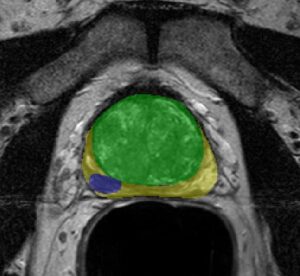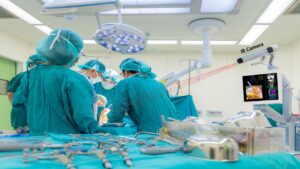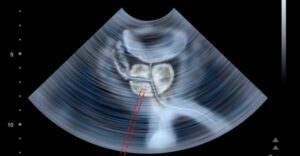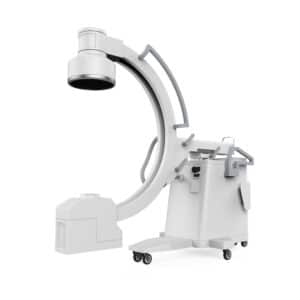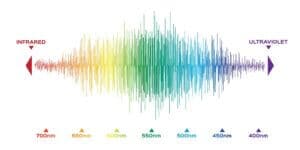.
Autonomous Driving is classified according to 5 Levels, all higher than Level Zero, where no automation is employed and the human driver is driving as usual.
- Level One, where the driver is assisted with stand-alone devices as anti-lock brakes and cruise-control. Driving is much the same as today, but, the devices can take control if needed.
- Level Two, which involves some automation, but still leaves the driver is in control.
- Level Three is where the car is driving autonomously, but the driver is ready to take control when needed or desired. The system can identify such emergency cases and alert the driver.
- Level Four is defined as high automation: car drives in a fully automatic way, but driver can intervene whenever he wants.
- Level Five is the fully autonomous level. Driver is not needed and no human is allowed any role in the driving task at all.
.
.
Deep Learning Algorithms for Autonomous Driving
Main algorithms for Autonomous Driving are typically Convolutional Neural Networks (or CNN, one of the key techniques in Deep Learning), used for object classification of the car’s preset database. A fusion of sensors data, like LIDAR and RADAR cameras, will generate this 3D database. Results will be used as input to direct the car. Meanwhile, additional sensors inside the car itself monitor the driver’s behavior and awareness to events, ready to take over in case of human fatigue.
The autonomous vehicle navigation system processes the following step repeatedly:
- Localization of the car on the map;
- Perception of the sensors to update the 3D database with objects in the front of the car;
- Navigation, which decides the direction of movement (considering the planned path and real-time objects).
.
Work with RSIP Vision on Autonomous Driving and Vehicles
RSIP Vision is proceeding with its research of advanced algorithms for the autonomous vehicles. The above video links provide some hints about the kind of applications being applied. Contact now our Deep Learning engineers to receive professional consulting services for your Autonomous Driving projects.

